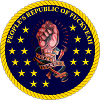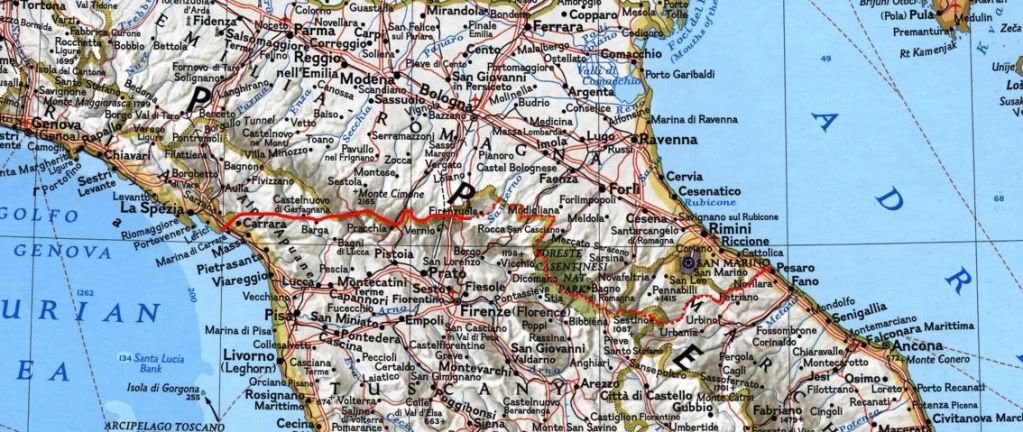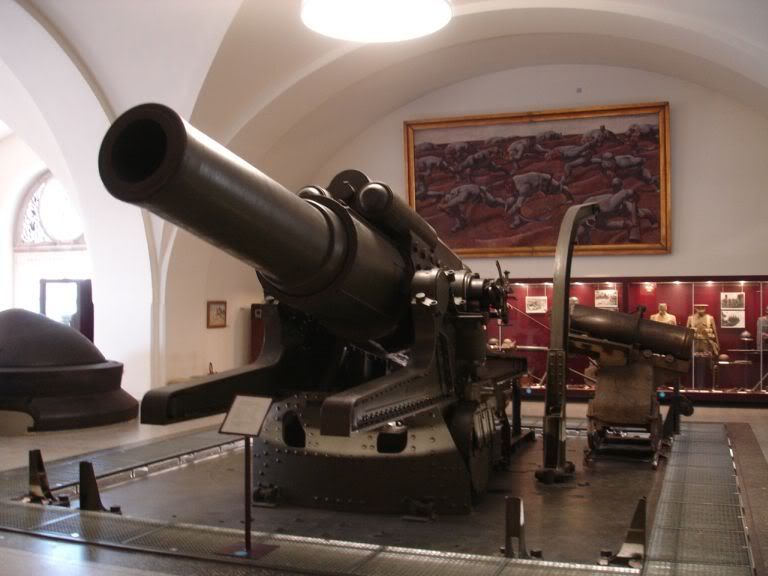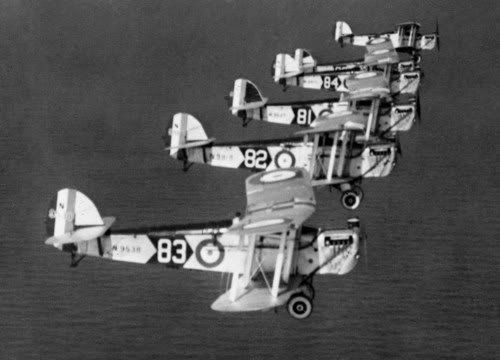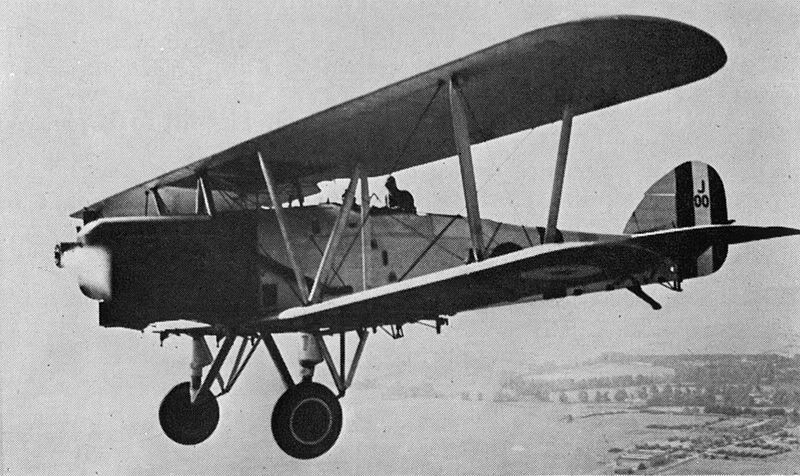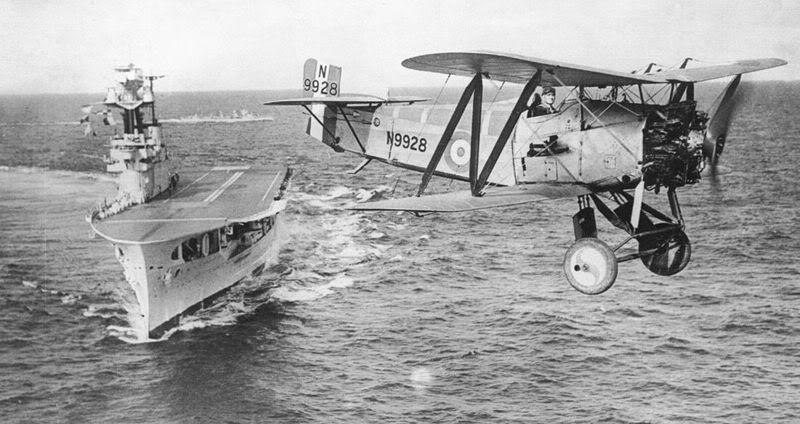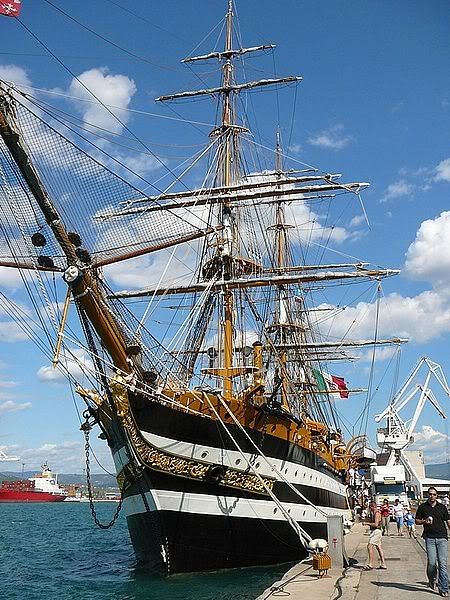Other titles: Imperium Romanum
Imperial Army
The Imperial Army of the Byzantine Empire may be relatively small to its neighbours, but it remains the oldest professional army to exist in the world. The Imperial Guard, which include the Scholae Palatinae elite infantry and Athanatoi elite calvary, and the Naval Comitatenses are among the most well skilled and disciplined troops in the world. The Comitatenses Heavy Infantry make up the bulk of the Infantry forces. Staff colleges in Constantinople, Thessaloniki, Athens, Nikea, Antioch, Damascus, Baghdad and Ancrya, churn out officers and noncommissioned officers to fill the ranks of the army.
The Akritoi border troops consist of draft soldiers who are given the task of watching the borders, while honing their military skills just so that they might serve the Empire with distinction when they are called upon to do their duty for God and Country.
At this stand point in the Empire, there is considerable experimentation with tanks and other forms of heavy armor. In Byzantium, these are referred to Kataphraktoi Heavy Cavalry. Much motorization is slowly being implemented, in line with the desire for high mobility.
The Imperial Army also mans many important fortifications. A string of forts riddle the border with Shepistan, manned by detachments from the various legions stationed there, along with the Akritoi troops.
Major coastal forts are: Dardanelles, Crete, Hormuz, Carthage, Sardinia. Typical fort arrangement includes:
Land forts in Persia at Bandar-e-Abbas, Sirjan, Kerman, Rafsanjan, Bam, Birjand, Kerman/Mahan, Rafsanjan, Khamir, Nain, Janah and at key cities such as Tehranopolis, Gerash, Yazd, Shahrbabak, Esfahan.
Equipment
Light tanks: FT-17 variant/Vickers MK II Medium (to be replaced by a T-26/Vickers 6tonne analogue?)
Medium tanks: Char B1
Order of Battle
Population: 85million
Mobilization Pool: 20% X 85 million = 17 million (Ind + Eco = 10 points)
Army Manpower: 30% X 17 million = 5.1 million (Army Focus = 3)
Standing Army: 20% X 5.1 million = 1.02 million (SML = 2)
Reserves: 60% X 5.1 million = 3.06 million (SML = 2)
Total number of Profesional Force brigades = 1.02 / 5000 = 204 brigades
Total number of Akritoi brigades = 3.06 million / 5000 = 612 brigades
Imperial Guard
Total number of Legions: 12.
Total Number of Motorized Brigades: 15
Legio I Konstantinopolis (18 Brigades)
- 1st Scholae Palatinae "Emperor's Own" Division
- 1st Scholae Palatinae Motorised Rifle Brigade
2nd Scholae Palatinae Motorised Rifle Brigade
3rd Scholae Palatinae Motorised Rifle Brigade- Athanatoi Armored Recon Battalion
1st Athanatoi Calvary Brigade- Flying Artillery Battalion
- 4th Scholae Palatinae Motorised Rifle Brigade
5th Scholae Palatinae Motorised Rifle Brigade
6th Scholae Palatinae Motorised Rifle Brigade- Athanatoi Armored Recon Battalion
2nd Athanatoi Calvary Brigade- Flying Artillery Battalion
- 7th Scholae Palatinae Motorised Rifle Brigade
8th Scholae Palatinae Motorised Rifle Brigade
9th Scholae Palatinae Motorised Rifle Brigade- Athanatoi Armored Recon Battalion
3rd Athanatoi Calvary Brigade- Flying Artillery Battalion
1st Siege Artillery Brigade (Motorized)
1st Kombat Engineer Brigade (Motorized) - 1st Scholae Palatinae Motorised Rifle Brigade
The above is the standard template for the most elite among Legions. The other Legions that follow this template are:
Legio II Thessaloniki (-1 Armored Brigades, no Motorized Brigades, except 1 Motorized Artillery Brigade, 3 Motorized Infantry Brigades)
Legio III Antioch (-3 Armored Brigades, no Motorized Brigades, except 2 Motorized Infantry Brigades)
(Note: The below mentioned legions have 15 brigades each)
Legio IV Damascus
Legio V Sparta
Legio VI Nikea
Legio VII Athens
Legio VIII Ancrya
Legio IX Yazd
Legio X Cestiphon*
Legio XI Tehranopolis
Legio XII Javanopolis**
*: Trained for Mountain Warfare
**: Trained for Jungle Warfare
However, the following Legions are Comitatenses Legions. Professional troops. They do not have any Armored Brigades. All artillery is horse drawn etc. In general, Combat Engineer brigades are organized into 3 companies each, and 2 companies would accompany each division. All Artillery brigades are at the minimum horse drawn. Note that Legio VIII-XI do not have siege brigades, but rather the brigade is replaced by an infantry brigade dedicated to manning forts. Legio X is trained explicitly for mountain warfare. Legio VI-XI, Legio II are deployed largely in the Persian territories, largely as a vanguard against any Shepistani incursion. Some divisions are based in fortresses and mann them as part of the defenses against possible incursion. Legio XII Javanopolis is stationed in Java, Singapore, Riau, and is trained in jungle warfare.
Special Forces
Varangian Guard: 2 Divisions
Marine Comitatenses: Legio XIII Crete (3 Infantry brigades + 1 Combat Engineer brigade)
Coastal Artillery: 9 brigades (Dardanelles(2 brigades), Carthage, Crete, Taranto, Hormuz (2 brigades), Riau, Singapore)
Akritoi
The Akritoi form an important component in the Empire's defence. There are some 30 Akritoi Legions following a similar organisation to active legions. There are plans to raise Akritoi legions to full active status, but none are detailed yet. The remaining brigades are largely designated to man various fortifications and coastal artillery. There are only 6 Akritoi Siege artillery brigades. The rest of them legions have these substituted for infantry brigades which are designated for various functions, such as manning forts, or mountain/jungle warfare.
Imperial Navy
The Imperial Navy is the dominant force in the Eastern and Central Mediterranean. While not as large as the German Imperial Navy, it remains a technical proficient force capable of standing its ground when it comes to it. The latest class, the Justinian-class is a new design that seeks to ensure parity between the Empire and its contemporaries. General Byzantine naval doctrine calls for long range artillery duels, with cruisers and destroyers forming screening positions. Battleships are thus well armed and armored, while eschewing speed. Cruisers generally perform three roles: Convoy escort, convoy hunting, and battleship screening.
Total Standard Displacement: 1,200,000 tonnes
Total Shipyard Capacity (under 25,000T): 80,000T + 100,000T (5+5 for E and IND)
Total Number of Large Slips: 6 slipways for ships 25-40,000T Standard, 4 slipways for ships 40-55,000T Standard
Battleships:
Hadrian class (South Carolina class) x 2 (Hadrian, Antoninus Pius) (16,000 tonnes standard)
Trajan class (Florida class) x 2 (Trajan, Vespasian) (21,825 tonnes standard)
Domitian class (Wyoming class) x 2 (Domitian, Titus) (27,243 tonnes standard)
Tiberius class (Nevada class) x 2 (Tiberius, Nero) (27,500 tonnes standard)
Diocletian class (Pennsylvania class) x 2 (Diocletian, Valentinian) (31,400 tonnes standard)
Aurelian class (New Mexico class) x 2 (Aurelian, Tacitus) (32,000 tonnes standard)
Valens class (Tennessee class) x 2 (Valens, Constantius) (33,190 tonnes standard)
Constantine class (Colorado class) x 2 (Constantine I the Great, Augustus) (32,600 tonnes standard)
Basil II class (S. Dakota) x4 (Basil II the Bulgar Slayer, Maurice, Belisarius, Alexander) (43,000 tonnes standard)
Justinian class (laid down in 1923, will be detailed later) x 4 (Justinian I, Theodosius I the Great, Alexios I Komnenos, Manuel I Komnenos) (50,095 tonnes standard)
Goliath class (Lexington CV) (36000 tonnes) x 1
Total (Excluding Justinian Class): 588716 tonnes
Cruisers:
Sparta class (laid down in 1923, 16,858tonnes) x 8 (additional 8 laid in 1924, to be commissioned Jan 1926)
Omaha class (7050 tonnes) x 16
Emerald class (7580 tonnes) x 12
Total (Excluding newly laid ships): 338624 tonnes
Destroyers:
Gladius I class (Sampson class) (1111 tonnes) x 6
Gladius II class (Caldwell class) (1020 tonnes) x 24
Gladius III (Wickes class) (1154 tonnes) x 32
Gladius IV (Clemson class) (1215 tonnes) x 48
Total: 126394 tonnes
Submarines:
R class (420 tonnes) x 48
AA-1 class (1107 tonnes) x 18
U-139 class (1930 tonnes) x 18
X1 class (modified) (2780 tonnes x 18
V3 class (2119 tonnes) x 12
Total: 145254 tonnes
Grand Total: 1,198,988 tonnes (approximate, but under 1,200,000 tonnes)
Organisation
Hormuz Battlegroup
Destroyer Squadrons
6 Gladius I (Sampson class) Destroyers
6 Gladius II (Caldwell class) Destroyers
8 Gladius III (Wickes class) Destroyers
8 Gladius IV (Clemson class) Destroyers
Submarine Squadrons
16 R class
4 AA-1 class
4 U-139 class
3 X-1 class
Cruiser Squadrons
4 Omaha class
4 Emerald class
2 Sparta class
Battleship Squadrons
2 Constantine class (Colorado class)
2 Aurelian class (New Mexico class)
Imperial Air Force
2 B-class Coastal reconnassiance zeppelins (Under Navy control)
40 BF-3 biplane fighters
20 BF-2 biplane fighters
20 BF-1 Sea Dart naval aircraft (under Navy control, used for carrier operations)
6 BT-1 transport aircraft
14 BFB-2 biplane bomber

